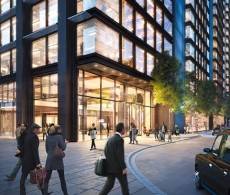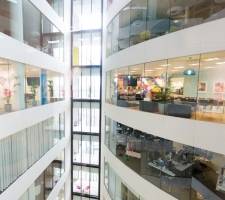May 1, 2015
Organisations advised to create a manifesto for digital workplace success 0
 The adoption of digital technology enables new, more effective ways of working which can help improve employee engagement and agility, research by Gartner claims. However, the report also warns that it’s important employers establish a ‘business manifesto’ that communicates the intentions and motives of the emerging digital workplace if they want to communicate and implement the policy changes that are required. According to the analysts, the manifesto should guide and clarify corporate culture as well as help employees embrace new ways of working. Employers must bear in mind that while corporate culture can be strong at the core, it may be less so for remote employees. That is why it’s important to foster a healthy digital workplace that brings the corporate culture alive to all employees.
The adoption of digital technology enables new, more effective ways of working which can help improve employee engagement and agility, research by Gartner claims. However, the report also warns that it’s important employers establish a ‘business manifesto’ that communicates the intentions and motives of the emerging digital workplace if they want to communicate and implement the policy changes that are required. According to the analysts, the manifesto should guide and clarify corporate culture as well as help employees embrace new ways of working. Employers must bear in mind that while corporate culture can be strong at the core, it may be less so for remote employees. That is why it’s important to foster a healthy digital workplace that brings the corporate culture alive to all employees.




































March 27, 2015
MIPIM demonstrated how property industry is moving with the times
by Anna King • Comment, Property, Workplace design
More →